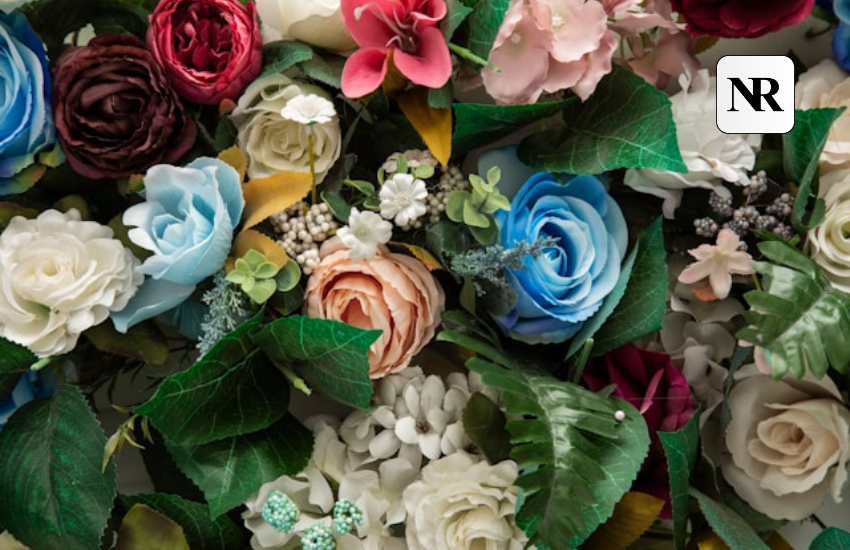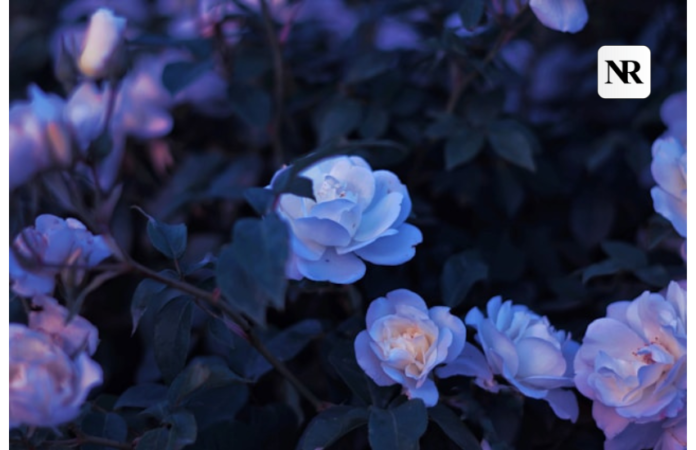The “blue rose” has long been shrouded in allure and mystery, captivating gardeners, poets, and dreamers alike. Unlike the more common red, pink, or yellow varieties, the blue rose stands as a beacon of the unattainable and the magical. Its rarity in nature has made it a symbol of mystery and a quest for the impossible, echoing the sentiment found in the familiar verse, “roses are red, violets are blue.” This elusive bloom, including varieties like the “Blue Moon rose,” carries profound symbolism, often linked to the desire for the unreachable or expressing the extraordinary. What does a blue rose symbolize? The answer weaves through tales of love, mystery, and the pursuit of what lies just beyond our grasp.
The History and Symbolism of Blue Rose
The journey of the blue rose from myth to reality is a tale as captivating as the flower itself. Historically, blue roses were the stuff of legend, as traditional rose varieties lacked the genetic capability to produce a true blue hue. Their elusive nature made them symbols of the unattainable, the mysterious, and sometimes, the forbidden. In various cultures, a blue rose has been a metaphor for longing, an emblem of hope against unattainable love, or a quest for the impossible.
The symbolism of the blue rose is as varied as it is deep. In some contexts, it represents the mystery or achieving the impossible, while in others, it symbolizes a venture into the unknown, or love at first sight. This complexity is mirror in literature and art, where blue roses often signify a journey towards the unachievable, a dream pursued in spite of obstacles.
Varieties of Blue Roses
Among the few to grace this category, the “Blue Moon rose” stands out with its enchanting lavender-blue hue, offering a closer approximation to blue in a naturally occurring rose. However, the true breakthrough came with the advent of genetically modified roses, where scientists have endeavored to create roses that can genuinely be called blue. These roses are not just a triumph of horticultural engineering but a testament to humanity’s relentless pursuit of turning the impossible into reality. The development of these roses, through complex genetic modification, marks a significant departure from traditional rose cultivation, offering a new palette of colors to gardeners and rose enthusiasts.
The Cultural Impact of “Roses Are Red, Violets Are Blue”
The phrase “roses are red, violets are blue” has roots deep in the English literary tradition, evolving over time from love poems to encompass humorous and whimsical variations. Its simplicity and rhythm have made it a staple of Valentine’s Day cards and love declarations. The blue rose, by its nature, defies the traditional red and violet dichotomy, symbolizing the extraordinary and the surreal. This cultural impact underscores the blue rose’s allure, embodying the human desire to transcend the ordinary and embrace the unique.

How to Care for Blue Roses
Caring for blue roses involves understanding their unique needs and characteristics. Like their traditional counterparts, they require ample sunlight, well-drained soil, and regular watering to thrive. However, the “Blue Moon rose” and other blue-hued varieties may have specific requirements, especially if they are genetically modified. Ensuring the right conditions can help maintain their vibrant color and health, making them a stunning addition to any garden.
FAQs
- What does a blue rose symbolize?
- A blue rose symbolizes the unattainable, the mysterious, and the journey towards achieving the impossible.
- How are blue roses created?
- Blue roses are create through genetic modification or selective breeding, as roses naturally lack the gene for blue pigment.
- Can blue roses grow naturally?
- True blue roses do not occur naturally and are the result of genetic engineering.
- Where can I buy a bluerose?
- Blue roses can be purchase from specialty florists or companies that specialize in genetically modifie flowers.
- Do blue roses require special care?
- While blue roses require similar care to other roses. They may need specific conditions to maintain their color, depending on the variety.
Conclusion
The blue rose, with its ethereal beauty and symbolism, continues to enchant and inspire. From its legendary origins to its modern genetic incarnations, it represents humanity’s perpetual quest for the unattainable. Whether nestled in a garden or featured in a bouquet. The bluerose invites us to ponder the mysteries of love. Desire, and the endless possibilities that lie just beyond the horizon. In cultivating or admiring these blooms, we partake in a tradition that celebrates the extraordinary. Reminding us that sometimes, the pursuit itself is as beautiful as the achievement.



